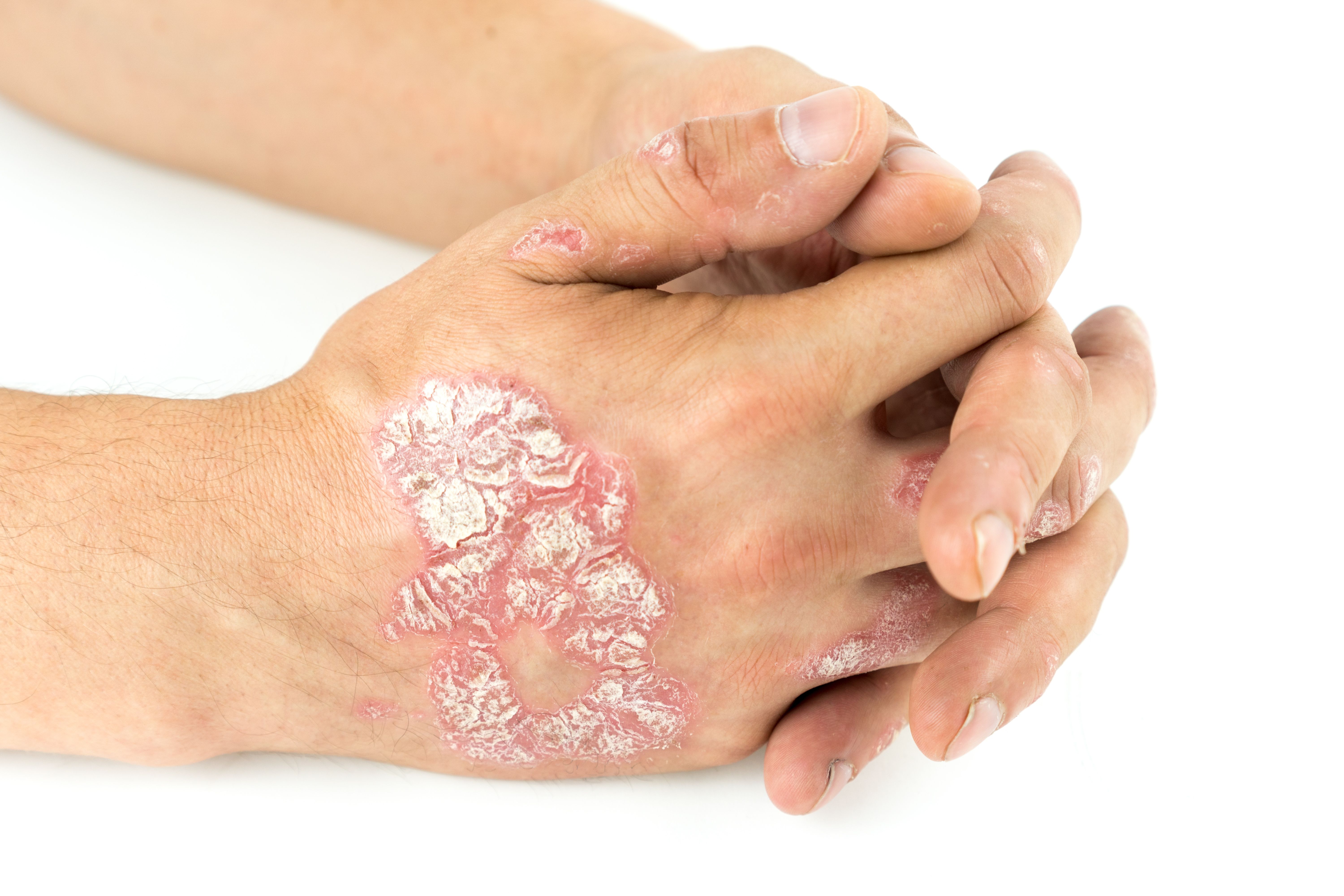Article
Study Summary: Greater Occipital Nerve Block for Acute Migraine Treatment
Background
The management of acute and chronic migraine is an ever-changing area of focus among healthcare practitioners, especially headache specialists. A host of pharmacologic and nonpharmacologic treatments to manage migraine are currently available, including rescue medications, such as nonsteroidal anti-inflammatory drugs and triptans, and prophylactic options, such as antiepileptics, antihypertensives, antidepressants, and acupuncture. Even with the large number of treatments available, many patients do not experience adequate symptom relief.1 As a result, alternative treatment modalities are ripe for exploration.
In clinical practice, many physicians utilize a procedure known as a greater occipital nerve (GON) block to treat acute migraine, despite no mention of the procedure in current migraine treatment guidelines and a scarcity of published research supporting its therapeutic benefit. The GON block procedure involves injecting a local anesthetic, with or without a corticosteroid, into the GON, which is composed of sensory fibers and originates in the C2 and C3 segments of the spinal cord, with the ultimate goal of providing relief of pain associated with migraine. Allen and colleagues conducted the present study to determine the potential benefit of using GON block in the management of acute migraine headache.1
Study Design
Researchers at Mayo Clinic in Arizona performed this retrospective cohort study using data from electronic medical records (EMRs) from January 2009 until August 2014. Patients were included if they underwent a GON block during that time period, in addition to meeting the following criteria: (1) aged 18 to 100 years; (2) diagnosed with migraine, with or without aura, according to the International Classification of Headache Disorders, third edition, beta version (ICHD-3 [beta]); and (3) attended at least 1 follow-up visit. Patients were excluded from the study if: (1) there was inadequate documentation in the EMR regarding follow-up visit and treatment response, (2) they received simultaneous treatment with botulinum toxin, or (3) their headache did not meet the ICHD-3 (beta) criteria for diagnosis of migraine.1
Data were collected via a detailed chart review conducted by a single researcher and spot-checked by a second researcher to minimize variability in documentation and data interpretation. Information collected included: age, sex, referral source, department performing the procedure, previous treatment regimens, total GON blocks, drug type and doses taken, changes in pain scores, and adverse events.1
Before and after the GON block, patients rated their migraine pain using the 11-point Numeric Pain Rating Scale (NPRS), which ranges from 0 (no pain) to 10 (most extreme pain imaginable). Improvement in pain was calculated as the percentage change in pain score from baseline. Responses were classified as 1 of 3 groups based on percentage change in NPRS score: (1) minimal, less than 30% reduction; (2) moderate, 31% to 50% reduction; and (3) significant, greater than 50% reduction.1
Results
Of the 732 patients assessed, 562 (76.8%) patients were included in the study, the majority of whom were female (75%). A large number of patients were 65 years or older (41%), meaning this population was older than in typical migraine studies. Most patients received a combination of a steroid and a local anesthetic (99.3%) rather than a local anesthetic alone. A majority of procedures were performed in the neurology department (61%), and the rest were performed by the primary care, pain medicine, and neurology departments. Patients received an average of 2 or more GON blocks, with 319 patients (56.7%) receiving more than 1.1
Of the 562 patients included in the study, all of whom who received at least 1 GON block, 82% experienced a moderate or significant improvement (31% or greater) in NPRS score from baseline. More than half (328 patients) experienced a significant (greater than 50%) improvement in NPRS score from baseline.1
The treatment responses across key patient variables are shown in the Table.1 Statistical analyses revealed that outcomes in treatment response did not differ significantly based on sex, previous treatment, choice or dose of anesthetic used, or department where procedure was performed. Among patients who received 2 or more GON blocks, 246 (74%) had a significant response compared with 82 patients (36%) who underwent 1 nerve block (P <.001). GON block was determined to be safe based on the report of limited adverse reactions, including a vasovagal reaction in 10 patients and pain at the injection site in 25 patients.1
Conclusions
The findings of this large retrospective study support the use of GON block as a safe and effective treatment option for the relief of acute migraine. Although the study authors acknowledged that the retrospective nature of their investigation is a potential limitation, they suggested that this may be balanced by their inclusion of a larger sample size compared with prior published research. Allen and colleagues added that larger placebo-controlled clinical studies could further elucidate the benefits of GON block in the treatment of acute migraine.1
Reference
1. Allen SM, Mookadam F, Cha SS, Freeman JA, Starling AJ, Mookadam M. Greater occipital nerve block for acute treatment of migraine headache: a large retrospective cohort study. J Am Board Fam Med. 2018;31(2):211-218. doi: 10.3122/jabfm.2018.02.170188.

Update on Migraine Patient Care Challenges During the Pandemic

CGRP Inhibitors: A Promising New Class of Drugs for Migraine



